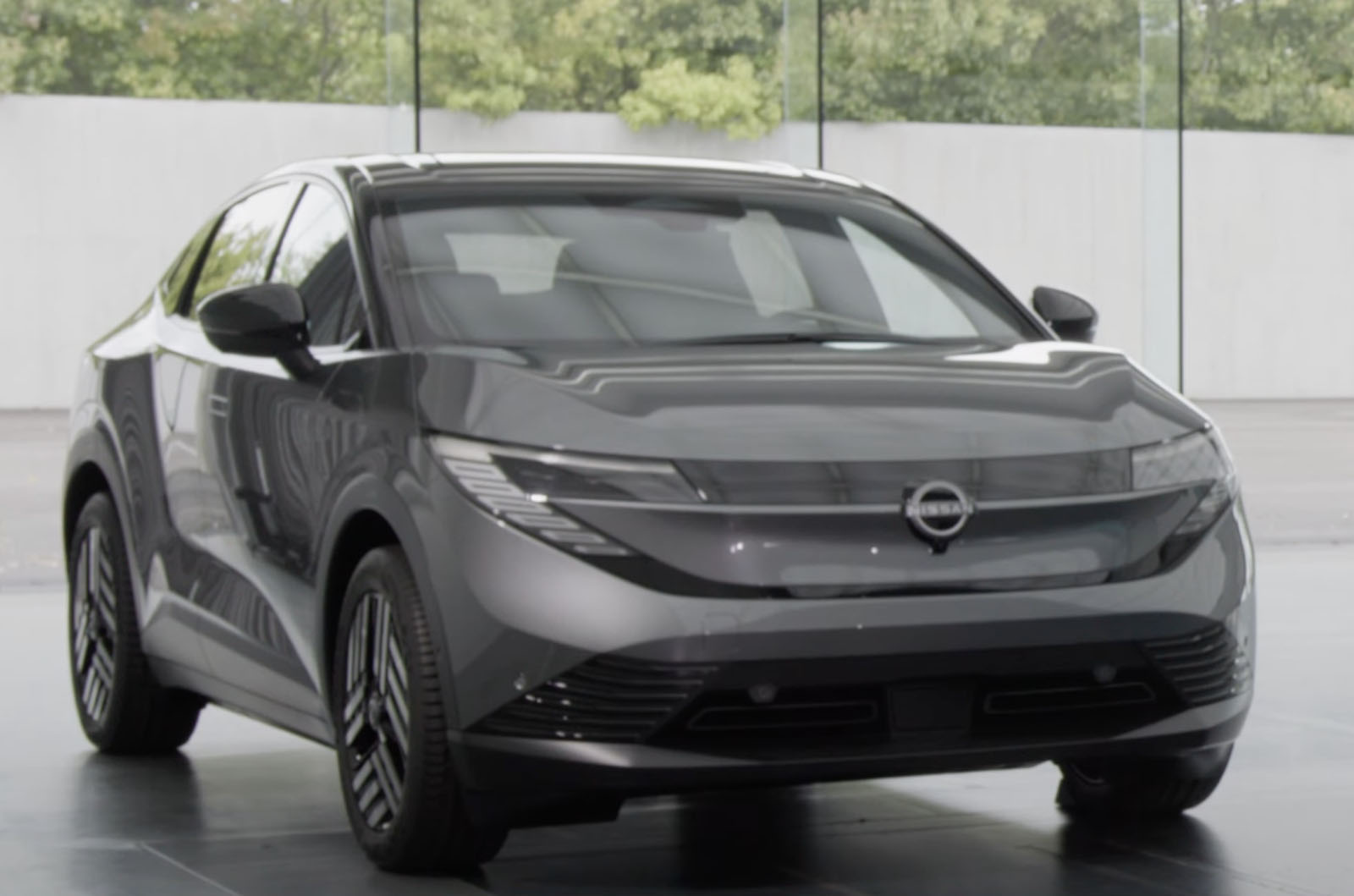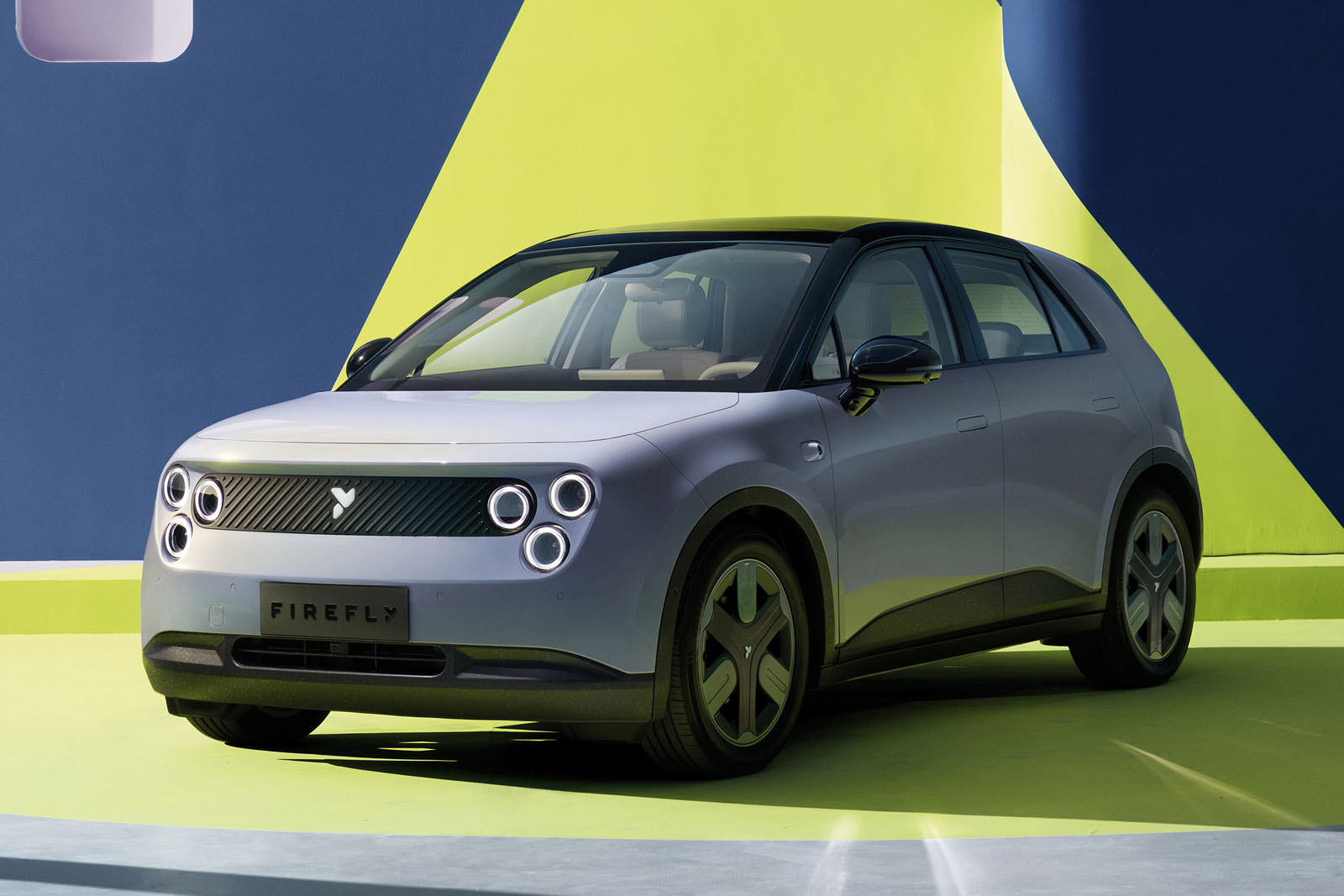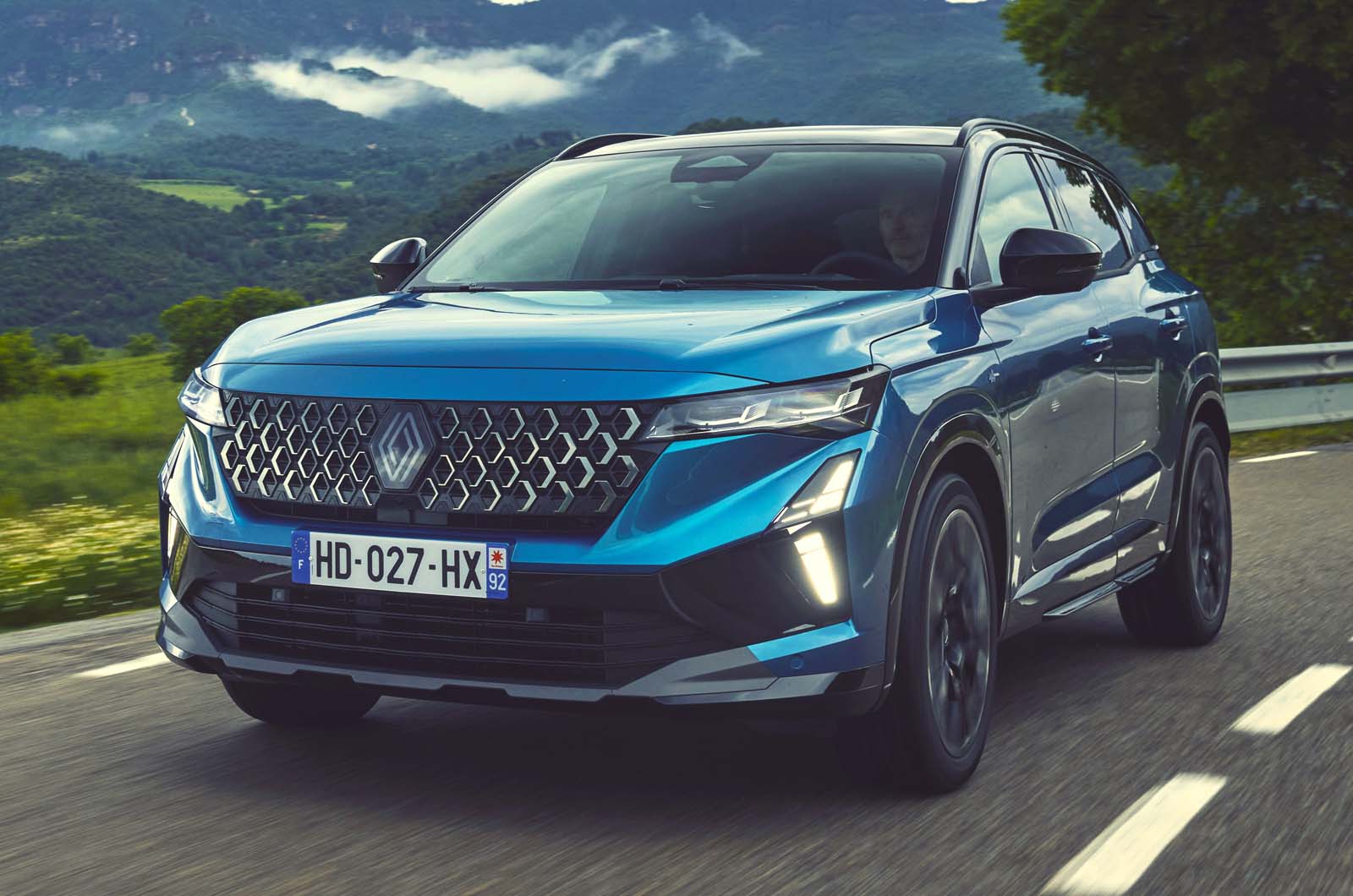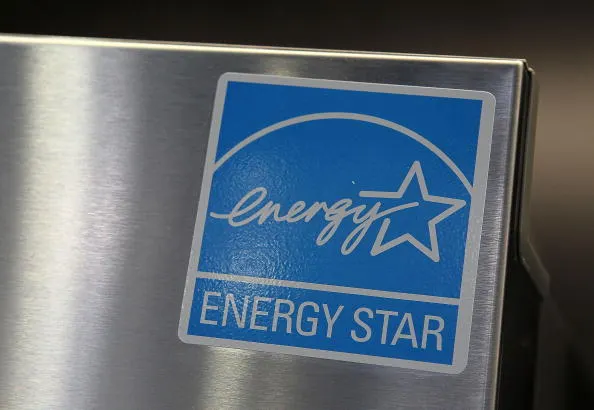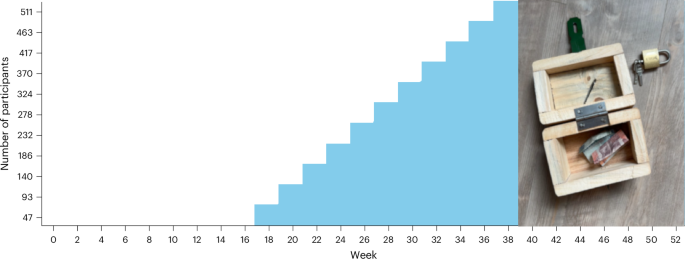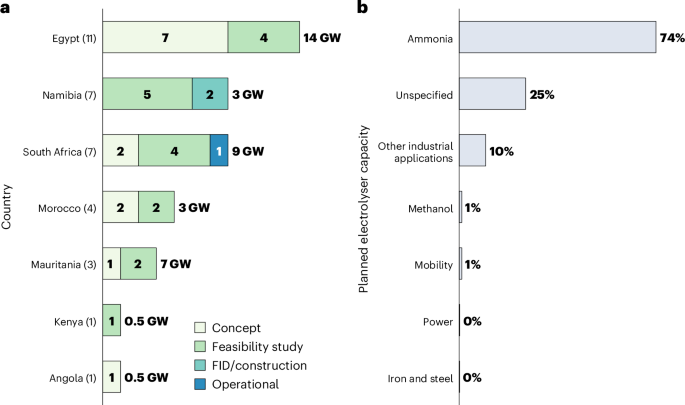New-look Toyota Aygo X gains 74mpg hybrid; drops manual
Yaris engine transplant slashes city car's emissions to a claimed 86g/km Toyota has given the Aygo X an aggressive new look and a hybrid powertrain that is claimed to emit the least CO2 of any non-plug-in car in Europe. The brand’s smallest and most affordable car has adopted the same 1.5-litre four-cylinder petrol-electric hybrid powertrain that is used in the larger Yaris, sending up to 114bhp through the front wheels. This is enough to send the Aygo X from 0-62mph in less than 10sec – a significant improvement on the previous 14.9sec. And, product manager Cesar Romero told Autocar, it will yield fuel efficiency in excess of 74mpg, pending official WLTP testing. The existing 71bhp 1.0-litre three-pot, which traces its lineage back to the original Aygo of two decades ago, is being removed from the line-up, and the option of a manual gearbox goes with it; the Aygo X is now fitted with the Yaris’s CVT-like epicyclic automatic as standard. In addition to the much-improved performance of the hybrid, two key motivators for the older lump’s removal from the line-up are the UK’s zero-emission vehicle mandate and fleet CO2 emissions targets. The ZEV mandate contains a provision that allows car manufacturers to convert reductions in their total CO2 outputs into de facto ‘sales’ of electric cars, giving them extra flexibility to meet EV sales targets. Every 167g/km of CO2 cut from a firm’s total output in any given year can be converted into one ZEV ‘sale’, meaning they have to sell one less electric car to meet compliance targets – or they can sell an extra petrol, diesel or hybrid car within their limit. This is particularly relevant for the Aygo. It is one of Toyota’s best-selling models in the UK, and the new hybrid system emits significantly less CO2 than the previous petrol engine. It’s rated at 86g/km, a reduction of 23g. For reference, the rival MG 3 Hybrid+ emits 100g/km. Autocar understands that Toyota sold some 14,000 examples of the city car in the UK last year. Had those all been the new hybrid, Toyota would have been able to sell in excess of 2000 additional ICE cars while remaining within its limit. Separately from the ZEV mandate, such a significant reduction would have given Toyota crucial leeway in its fleet emissions targets: it would have offset the total output of nearly 1600 GR Yarises (rated at 215g/km) or 1400 Land Cruisers (240g/km). The uprated powertrain will, however, bring an increase in cost. Toyota has yet to confirm numbers, but Romero said: "What we're targeting is, especially on a monthly payment, the total cost of ownership. Fuel consumption of the vehicle will be much lower than for the current car, thanks to the hybrid powertrain. We expect the step [in overall costs] not to be so big." For reference, the current pure-petrol Aygo X starts at £16,485, while the Yaris opens at £23,445. Inside, the new Aygo X features a series of subtle changes. The outgoing car’s analogue speedometer and rev counter are swapped for a small digital instrument screen, and there is now a pair of USB-C ports below the climate control panel. An infrared sensor is now mounted on the steering rack (for the EU-mandated driver attention monitoring system) and there are updated buttons on the steering wheel for the speed limit-warning and lane-keeping systems. Toyota has also added more sound deadening around the dashboard and under the bonnet, and the exhaust has been reworked to improve refinement. Higher trim levels will get yet more soundproofing and thicker window glass. The first examples of the new Aygo X are due in the UK early next year. New GR Sport trim brings warm-hatch appeal The new GR Sport trim (pictured above) aims to imbue the sensible Aygo X with more dynamic appeal, bringing with it a stiffer chassis and quicker steering. A full-fat GR model isn’t planned, however; Toyota says the new hybrid powertrain’s 114bhp – yielding a power-to-weight ratio similar to that of the old VW Up GTI and Fiat Panda 100HP – is sufficient to make it fun to drive.

 Yaris engine transplant slashes city car's emissions to a claimed 86g/km
Yaris engine transplant slashes city car's emissions to a claimed 86g/km
Toyota has given the Aygo X an aggressive new look and a hybrid powertrain that is claimed to emit the least CO2 of any non-plug-in car in Europe.
The brand’s smallest and most affordable car has adopted the same 1.5-litre four-cylinder petrol-electric hybrid powertrain that is used in the larger Yaris, sending up to 114bhp through the front wheels.
This is enough to send the Aygo X from 0-62mph in less than 10sec – a significant improvement on the previous 14.9sec. And, product manager Cesar Romero told Autocar, it will yield fuel efficiency in excess of 74mpg, pending official WLTP testing.
The existing 71bhp 1.0-litre three-pot, which traces its lineage back to the original Aygo of two decades ago, is being removed from the line-up, and the option of a manual gearbox goes with it; the Aygo X is now fitted with the Yaris’s CVT-like epicyclic automatic as standard.
In addition to the much-improved performance of the hybrid, two key motivators for the older lump’s removal from the line-up are the UK’s zero-emission vehicle mandate and fleet CO2 emissions targets.
The ZEV mandate contains a provision that allows car manufacturers to convert reductions in their total CO2 outputs into de facto ‘sales’ of electric cars, giving them extra flexibility to meet EV sales targets.
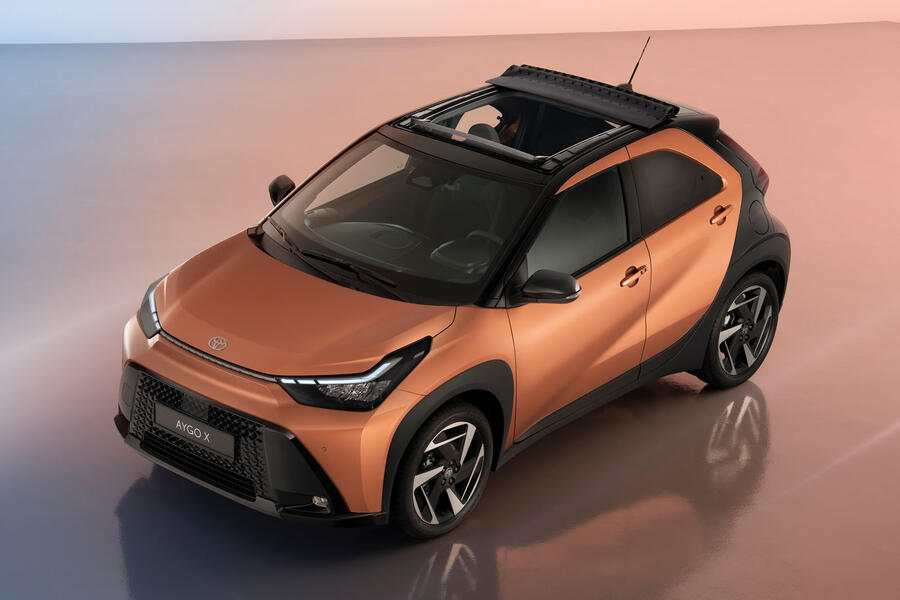
Every 167g/km of CO2 cut from a firm’s total output in any given year can be converted into one ZEV ‘sale’, meaning they have to sell one less electric car to meet compliance targets – or they can sell an extra petrol, diesel or hybrid car within their limit.
This is particularly relevant for the Aygo. It is one of Toyota’s best-selling models in the UK, and the new hybrid system emits significantly less CO2 than the previous petrol engine. It’s rated at 86g/km, a reduction of 23g. For reference, the rival MG 3 Hybrid+ emits 100g/km.
Autocar understands that Toyota sold some 14,000 examples of the city car in the UK last year. Had those all been the new hybrid, Toyota would have been able to sell in excess of 2000 additional ICE cars while remaining within its limit.
Separately from the ZEV mandate, such a significant reduction would have given Toyota crucial leeway in its fleet emissions targets: it would have offset the total output of nearly 1600 GR Yarises (rated at 215g/km) or 1400 Land Cruisers (240g/km).
The uprated powertrain will, however, bring an increase in cost. Toyota has yet to confirm numbers, but Romero said: "What we're targeting is, especially on a monthly payment, the total cost of ownership. Fuel consumption of the vehicle will be much lower than for the current car, thanks to the hybrid powertrain. We expect the step [in overall costs] not to be so big."
For reference, the current pure-petrol Aygo X starts at £16,485, while the Yaris opens at £23,445.
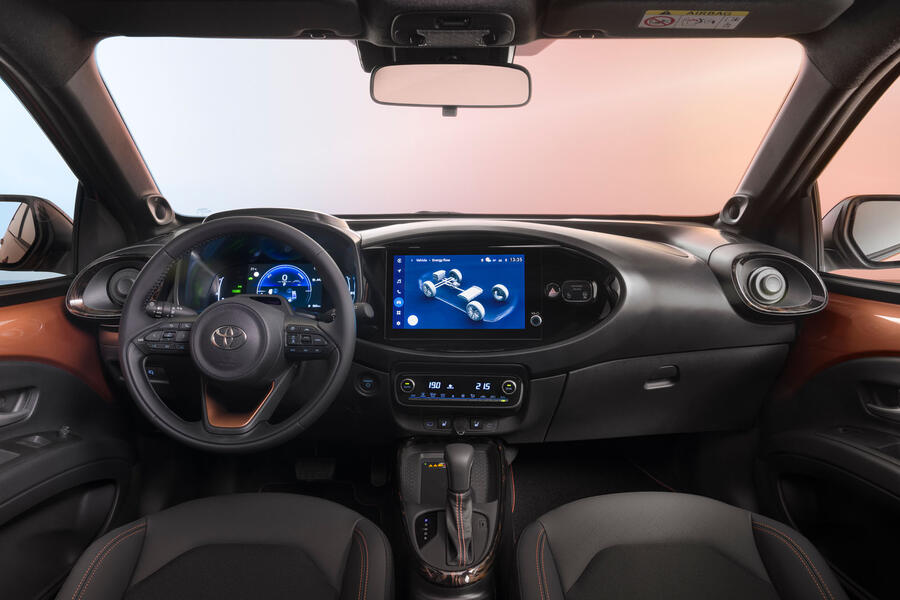
Inside, the new Aygo X features a series of subtle changes. The outgoing car’s analogue speedometer and rev counter are swapped for a small digital instrument screen, and there is now a pair of USB-C ports below the climate control panel.
An infrared sensor is now mounted on the steering rack (for the EU-mandated driver attention monitoring system) and there are updated buttons on the steering wheel for the speed limit-warning and lane-keeping systems.
Toyota has also added more sound deadening around the dashboard and under the bonnet, and the exhaust has been reworked to improve refinement.
Higher trim levels will get yet more soundproofing and thicker window glass. The first examples of the new Aygo X are due in the UK early next year.
New GR Sport trim brings warm-hatch appeal
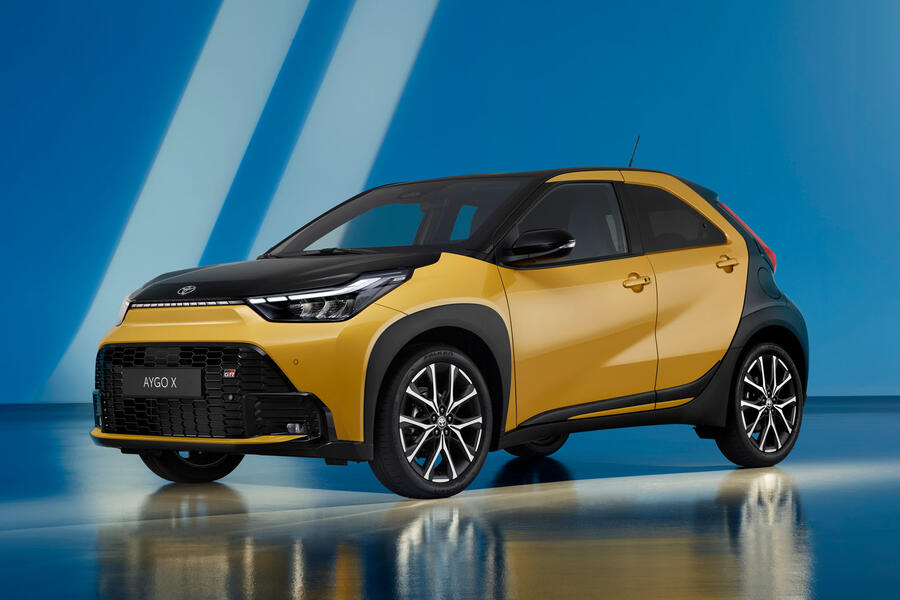
The new GR Sport trim (pictured above) aims to imbue the sensible Aygo X with more dynamic appeal, bringing with it a stiffer chassis and quicker steering.
A full-fat GR model isn’t planned, however; Toyota says the new hybrid powertrain’s 114bhp – yielding a power-to-weight ratio similar to that of the old VW Up GTI and Fiat Panda 100HP – is sufficient to make it fun to drive.










